NASA Considers Cryobot For Interplanetary Search Of Life
8th Dec 2023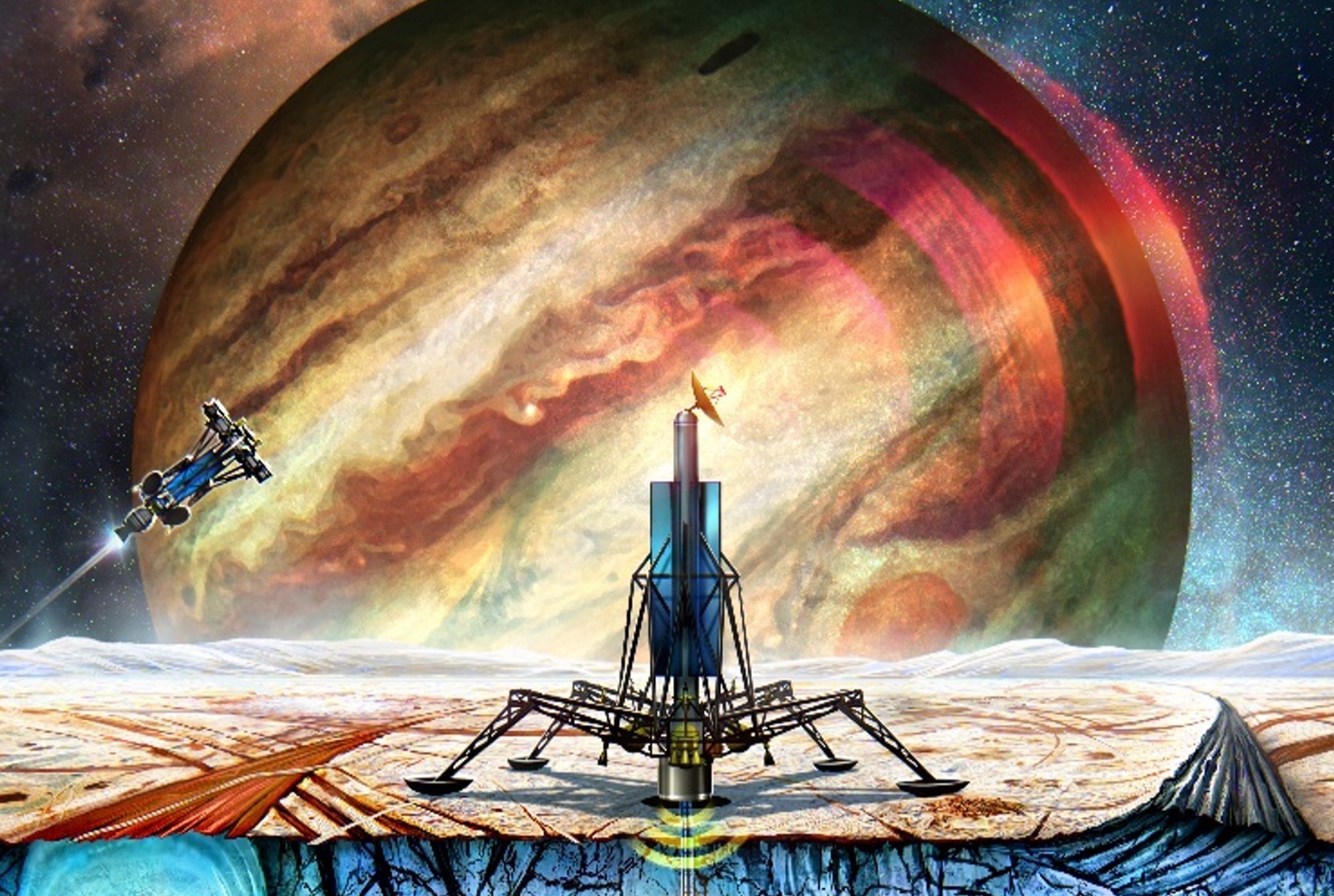
In the search of life on other planets, NASA has recently revealed they are considering the use of cryobot technology. These robots would have the power to explore ‘ocean planets’ and melt through the thick ice crusts on the two moons believed to have once harboured life. Those moons in question are Europa, one of Jupiter’s moons, and Enceladus, Saturn’s sixth largest moon.
Ice Moons have been rigorously studied over the years, namely, Saturn’s Titan, and Jupiter’s Ganymede. However, NASA’s focus will be on Europa and Enceladus due to their “strong evidence of a global subsurface ocean beneath a kilometres-thick water-ice crust”. The US space agency said these: “two moons, in particular, have captured the imaginations of astrobiologists due to their amenable conditions for life and their relative ease of interrogation.”
How Cryobot Technology Will Come Into Play
NASA have toyed with a range of concepts that could penetrate the two Moon’s thick ice layer. They said this includes dropping robots into fissures in the ice and they would drill down thereafter. But the most pragmatic option has been revealed: cryobots. These “cylindrical probes” would have the ability to melt through the ice, and swim down before the water solidifies. NASA noted that this method is “a common tool for studying terrestrial glaciers and ice sheets.”
NASA’s Workshop To Brainstorm Ways Of Using Cryobots
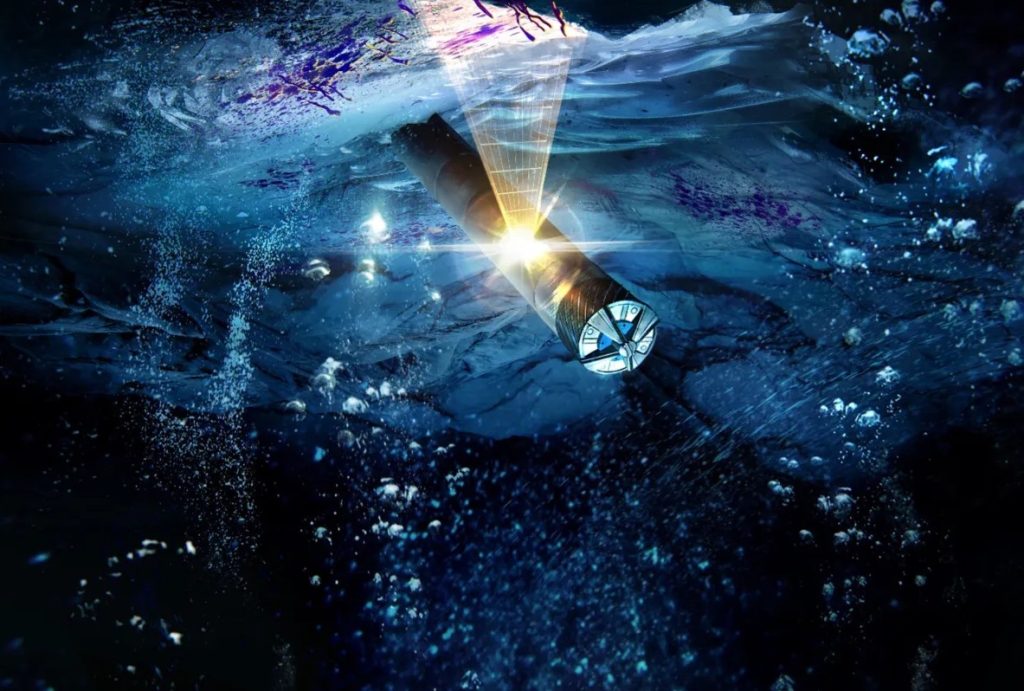
Although cryobots seem to be the safest option, there are a range of issues with the concept. Notably, ice layers on Europa and Enceladus are much thicker than those on Earth; the temperatures are also colder and less predictable.
To address these concerns, NASA’s Planetary Exploration Science Technology Office, pulled together a workshop that hosted 40 experts in February, 2023. The researchers discussed possible ways to adapt the cryobot to the challenge ahead.
NASA said researchers “have made significant progress in refining our understanding of the ice shell environment, detailing a mission architecture, and maturing critical subsystems and technologies.” As such, the findings have identified four thematic areas for the mission’s roadmap: power, thermal, mobility, and communications. However, technology in these areas may need to rapidly innovate in order to meet the cryobots’ demands.
Nuclear Power
NASA said the cryobot will be nuclear powered, which would enable the robot to generate the heat needed to pass through the ice crust. Familiar Radioisotope Power Systems are the most commonly used method in past deep-space odysseys, making it a favourable option.
Fission reactors have also been identified as another source, should they be developed in time for the mission. Numerous challenges to nuclear power that were previously raised have been solved, according to NASA. They said operators will collaborate with the Department of Energy throughout the mission process to ensure the reactors emanate enough heat to cut through the ice.
Thermal Management Systems
The second area highlighted that the mission would need “a thermal management system”. Such systems will be essential for commanding the nuclear powered heat generated. It will also “maintain safe internal temperatures, and distribute heat to the environment for efficient performance,” NASA articulated.
However, these systems are not yet readily available. They will need to be validated first to ensure they can cope with the two Moon’s conditions. “Some of these technologies have been demonstrated at reduced and full scale. [But] more work is needed to validate performance at the range of ice conditions expected in the outer solar system,” NASA added.
Mobility
Europa and Enceladus house “impurities such as dust and salt”, NASA said, which may engender the need for an auxiliary system. Essentially, the cryobot would be fitted with water jets and cutting instruments to remove debris. However, NASA noted that this option may not be sufficient for puncturing “rocks, voids, or water bodies”. To overcome this issue, NASA will equip the bot with a “downward-looking mapping sensor and steering mechanism”.
But what hampers this solution is the fact neither systems have been integrated, only demonstrated on prototypes. Therefore, NASA said an environmental assessment would be able to “quantify the likelihood of potential mobility hazards”. Equally, NASA’s Europa Clipper satellite would also provide environmental observations.
Communications Link & The Workshops’ Final Comments
To ensure the probe can provide feedback from within the icy water, it will be equipped with a communications link. NASA is yet to decide whether fibre optic – which could break due to moving ice shells – or a wireless solution is the best option.
Whilst more areas of consideration were tabled at the workshop, these four themes were the most pressing. Nevertheless, NASA said “the [overall] consensus… was that this mission concept remains feasible, scientifically compelling, and the most plausible near-term way to directly search for life in situ on an ocean world. The potential for the direct detection of life on another world seems more possible than ever.”


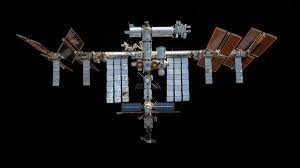
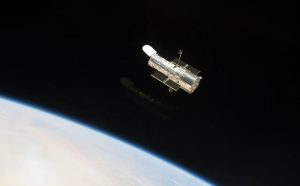
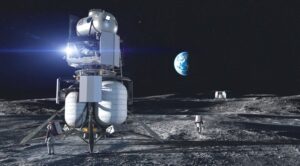

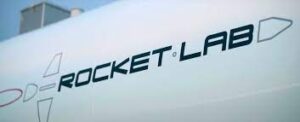
Thank you for your comment! It will be visible on the site after moderation.